|
Kind words from our patients and families
|
|
This note is to convey my heartfelt gratitude for the excellent work you are doing in providing physical rehabilitation for my husband, Vincent R. Before he undertook his physical rehabilitation, the probability that he would need to be taken to a nursing home became a virual reality. I am impressed with Vincent's improvment which is attributable to no small measure to you. So thank you again. The contemplation of a nursing home for him has diminished. Yours truly, Lillian R.
|
|
I just wanted to take this opportunity to thank each of you and your staff for all that you have done for my father. It has been a sudden change for the entire family and especially for my mother but your work with my father and your positive support for all of the family is sincerely appreciated. Sincerely, Jack R.
|
|
Thanks to you and your staff for helping me to be the best that I could be! Best Wishes Always Janet S.
|
|
24 hour Evaluation Guarantee
|
|
Upon request, The Flagler Institute for Rehabilitation will provide your evaluation within 24 hours of the referral or insurance authorization during working hours.
|
|
|
 |
|
|
| 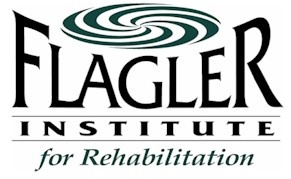
|
|
Our New State of the Art 6600 square ft facility
|
|
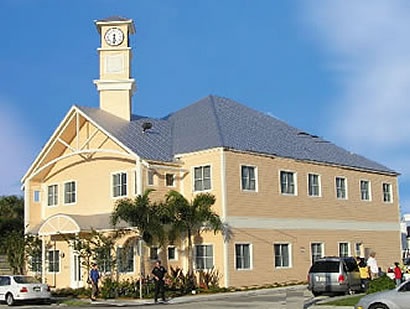
|
|
Physical Therapy Helps!
|
|
Caring For Arthritic Joints
|
|
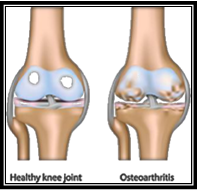 Osteoarthritis is the most common type of arthritis. This degenerative joint disease is a chronic condition characterized by the breakdown of joint cartilage, leading to bones rubbing against each other. Typically, it affects the 'bigger' joints in the body, like the hip, knee, shoulder, even the spine. This leads to progressive stiffness, inflammation, pain and loss of mobility in the joint. Osteoarthritis is the most common type of arthritis. This degenerative joint disease is a chronic condition characterized by the breakdown of joint cartilage, leading to bones rubbing against each other. Typically, it affects the 'bigger' joints in the body, like the hip, knee, shoulder, even the spine. This leads to progressive stiffness, inflammation, pain and loss of mobility in the joint.
Many people think that exercising with osteoarthritis is difficult, even impossible, because of the pain. The truth is that an arthritic joint needs to get nutrition, and there is no better way to provide joints their nutrients than movement itself. Exercise is actually beneficial for those with osteoarthritis, but there are some things to remember. - Exercise will help you feel better, reduce pain, and improve your ability to do daily activities if done regularly.
- A common symptom is pain after activity, which may make you reluctant to exercise. However, you can help relieve pain with heat or ice to stay active.
- Ice is a great drug-free pain reliever. It helps decrease joint swelling and pain. If your joint hurts, apply ice for 15 minutes. If you don't have a cold pack, a bag of frozen vegetables (like peas) will do the trick.
- Exercise should be balanced with rest and joint care. If your joints hurt or you notice redness or swelling, rest your joints, then try a little exercise.
- Sharp or unusual pain may be a sign of injury. Talk to your physical therapist or health professional if you have new or more intense pain.
- Always check with your doctor before starting an exercise program.
Joints and muscles need to be exercised to prevent stiffness and weakness. Also, exercise will make you feel better and help you maintain a healthy weight. Excess body weight places extra force and pressure on arthritic joints, which helps osteoarthritis progress more rapidly.
|
|
Why Should I Exercise?
|
|
Here’s what happens without exercise. Less movement means more stiffness in your joints, making your osteoarthritis progress faster. Research suggests that if your joint is unusually loose or does not line up normally, some exercises may hurt more than help your joints. Your physical therapist is the right professional to help you determine what exercise is best for you. 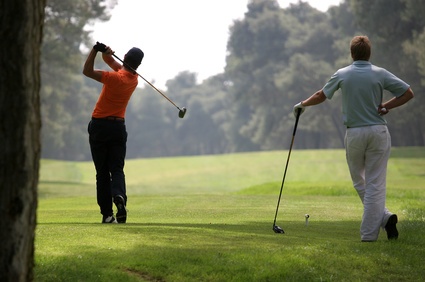 Stretching and strengthening exercises will help prevent associated stiffness and reduce stress on the joint. For example, strong thigh muscles will minimize some of the stress off the weight-bearing joints of the knee and hips. Stretching and strengthening exercises will help prevent associated stiffness and reduce stress on the joint. For example, strong thigh muscles will minimize some of the stress off the weight-bearing joints of the knee and hips.
Exercise for people with osteoarthritis can help to: - Improve joint function and movement
- Possibly delay or prevent the need for surgery. (For example, the need for knee replacements due to severe knee osteoarthritis)
- Improve strength, posture and balance in older adults, reducing the risk of falls.
|
|
Spring Into Group Exercise!
|
|
Exercising with a friend, or in a group is a lot easier than exercising alone. People with osteoarthritis who exercise in groups have less pain, less depression, and better joint mobility. Here are 4 tips to keep your joints healthy: - Watch your weight. That’s the best thing you can do for your joints. Research shows that with every pound gained, a person puts four times more stress on the knees.
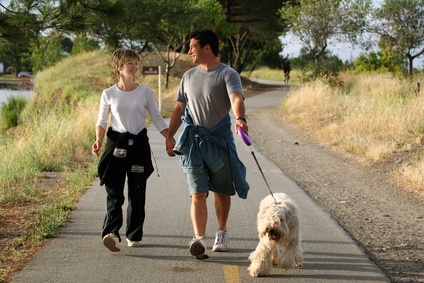 Strong muscles cushion your joints. If your muscles are weak, your joints take the beating, especially your knees, which support your entire body weight. Talk to your therapist before starting any exercise on your own. You don't want to strain the very joint you are trying to strengthen. Strong muscles cushion your joints. If your muscles are weak, your joints take the beating, especially your knees, which support your entire body weight. Talk to your therapist before starting any exercise on your own. You don't want to strain the very joint you are trying to strengthen.- Low-impact exercises like biking and swimming are great for arthritic hips and knees, but this varies from one person to another.
- Find out what exercises are safe for your joints. Research shows that those who participate in a home exercise program and also attend an exercise class have better gains in function. So if you don’t know what exercises are right for you, call us today to see what’s best for your joints! We can help you spring into action!
|
|
Forward this Newsletter - Refer a Friend
|
| |
|
|